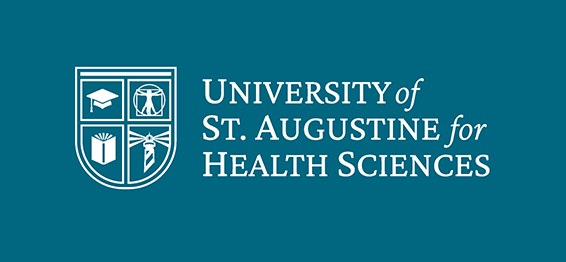Date of Award
3-21-2024
Document Type
Scholarly Project
Degree Name
Doctor of Nursing Practice (DNP)
First Advisor
David Liguori, DNP, NP-C, ACHPN
Second Advisor
Claire Navarro-Cafirma, DNP, MSN, RN, CNOR
Abstract
Practice Problem: Inadvertent perioperative hypothermia (IPH) is noted to be the most common surgical complication. IPH is associated with a variety of complications which are known to impact the well-being of the patient, family, and healthcare system.
PICOT: The PICOT question that guided this scholarly project was scheduled for total hip and knee arthroplasty surgical procedures under general or neuraxial anesthesia greater than 60 minutes (P), how effective is the implementation of an evidence-based pre-surgical warming protocol including forced-air warming (FAW) (I) compared to current practices (C) in improving normothermia readings within 15 minutes of arriving to the PACU, reducing intensity of IPH, and increasing nursing adherence to protocol (O) over 6 weeks (T).
Evidence: The current evidence demonstrates that the implementation of pre-warming patients has been found to consistently reduce the amount of time a patient spent in hypothermia. The research indicated that the use of FAW more effectively maintained normal patient core body temperature and reduced incidents of IPH or length of which patient experienced hypothermia. All the studies showed that despite pre-warming, IPH could not be prevented completely. However, patients that received pre-warming reached normal body temperature in shorter times and experienced decreased magnitude of hypothermia.
Intervention: The implementation involved the creation of a pre-operative warming protocol tailored to patients identified as being high-risk for IPH, incorporating the use of FAW. Staff nurses were trained to utilize this protocol for identifying and administering the most appropriate pre-operative warming interventions.
Outcome: The results from the project indicated a significant clinical improvement in normothermia rates upon arrival to the PACU, with all patients exhibiting body temperatures exceeding 96.8°F upon immediate admission to recovery. Additionally, the findings demonstrated a reduction in the incidence of IPH throughout the perioperative pathway.
Conclusion: The change project was designed with the primary objective of mitigating incidence of IPH through implementing a comprehensive preoperative protocol, specifically using FAW for high-risk patients. The aim was to enhance overall patient outcomes and minimize the occurrence of associated surgical complications. This initiative reflects a proactive approach toward improving perioperative care and ensuring better patient safety and well-being.
Recommended Citation
Switzer-Houston, T. (2024). Preoperative Warming to Improve Patient Outcomes: Implementation of a Warming Protocol. [Doctoral project, University of St Augustine for Health Sciences]. SOAR @ USA: Student Scholarly Projects Collection. https://doi.org/10.46409/sr.PUWX7781
Creative Commons License

This work is licensed under a Creative Commons Attribution 4.0 License.


Comments
Scholarly project submitted to the University of St. Augustine for Health Sciences in partial fulfillment of the requirements for the degree of Doctor of Nursing Practice